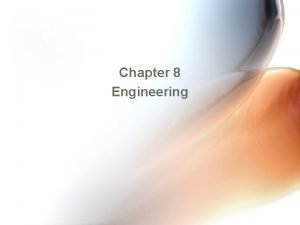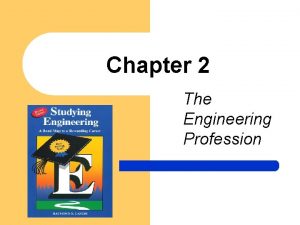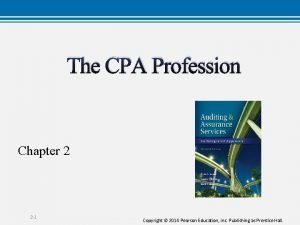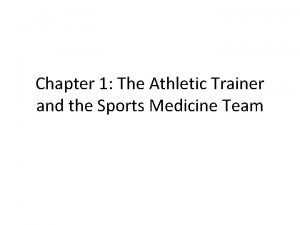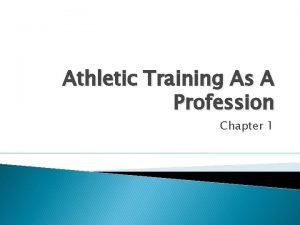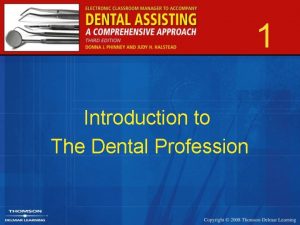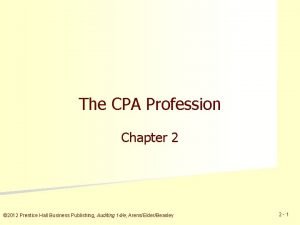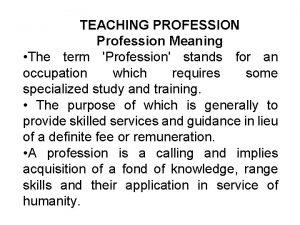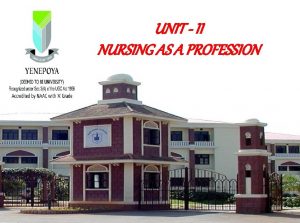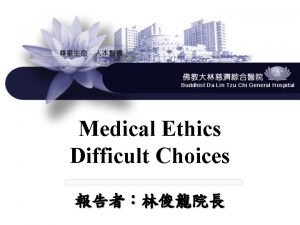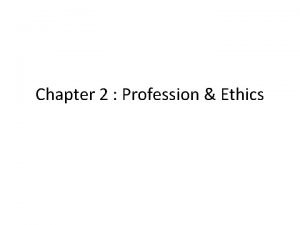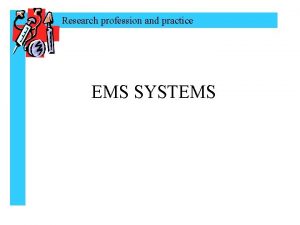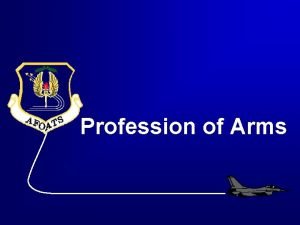Chapter 8 Engineering Definition Engineering Profession in which













- Slides: 13

Chapter 8 Engineering

Definition • Engineering • Profession in which a knowledge of the mathematical and natural sciences gained by study, experience, and practice is applied with judgement to develop ways to utilize economically the materials and forces of nature for the benefit of mankind • Engineers work towards the solution of specific practical problems • All engineers must have a positive interest in the translation of theoretical into the practical

Engineering • More experienced people of airline • Knowledge of • • Maintenance organization Airline/regulatory requirements • Engineering staff • Decided by size of airline • Similar maintenance activities

Mechanics/Engineers • Trained differently • Mechanics • • • Reactive Trained in practical aspect Specialize How system is supposed to work How system is to be operated Discrepancies handled as standardized

Mechanics/Engineers • Trained differently • Engineers • • • Proactive Academic degree Basic science and engineering techniques Specialize in one discipline Picks up problem where mechanic leaves off Study/analyze problems • • Develop new/innovative procedures Understand big picture

Maintenance Program • Starts with industry working groups • Engineers • • Tailor to individual operator Package tasks into workable units • • • Time, space Fleet schedules, airline capabilities Varies for large or small airlines • C Checks • Large airline • • 3 – 7 days Small airline • • Divide into phases Personnel utilization more constant through year

Engineering • Technical policies and procedures manual • • Identified organizational structure Duties/responsibilities of key personnel May/layouts of airline facilities Detailed description of work • • Who performs How it’s managed, inspected, released

Engineering • Evaluate program changes • Changes are engineers job • • Collect/analyze data How it’s managed, inspected, released • Evaluate aircraft/system configuration • Modifications/improvements • SBs, SLs, ADs

Engineering • New aircraft evaluation • New equipment • • • Collect/analyze data Engines Range of airplanes New technology Scheduled checks be compatible with current Ground support equipment Current hangars ok for new aircraft Parts/storage Industry experience

Engineering • Used aircraft evaluation • Current configurations • • GSE Engines Maintenance program/check schedule Similar equipment

Engineering • New facilities • Airline expansion/modernization • • Hangars Engine test facilities Component shops Storage facilities • Engineers input into requirements • Liaison between users and designers/builders

Engineering • Orders • All standard checks • Work resulting from problems • Track/close Eos • Troubleshooting problems

Engineering • EO Preparation • • Decision based on problem Engineers analyze work requirements Determine approach to follow Identify schedule needs/work performance Identify work required personnel/time Coordinating meeting – finalize EO Issue EO Close EO when work completed
 Engineering profession definition
Engineering profession definition Engineering as a profession
Engineering as a profession Which profession would you like to choose and why
Which profession would you like to choose and why The cpa profession chapter 2
The cpa profession chapter 2 Cpa firm hierarchy
Cpa firm hierarchy Chapter 1 the teaching profession
Chapter 1 the teaching profession Chapter 1 athletic training as a profession
Chapter 1 athletic training as a profession Social work: an empowering profession 9th edition chapter 1
Social work: an empowering profession 9th edition chapter 1 Chapter 1 athletic training as a profession
Chapter 1 athletic training as a profession Robert woofendale
Robert woofendale Cpa firm hierarchy
Cpa firm hierarchy Profession stands for
Profession stands for 10 definition of nursing
10 definition of nursing Noble profession definition
Noble profession definition
